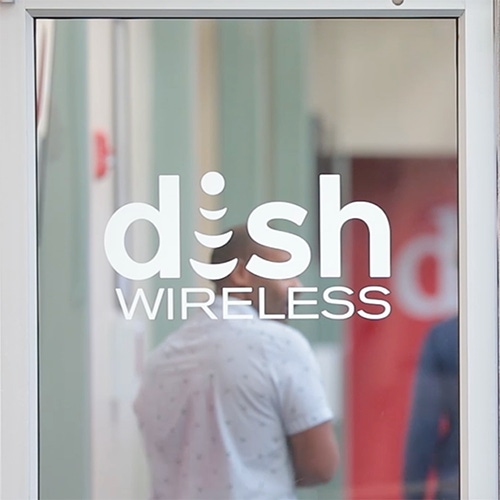
During a recent meeting at the Connect(X) trade show in Denver, OnGo Alliance President Dave Wright boasted of the market traction that CBRS equipment is enjoying.
"We're twice the size of 5G," he said.
Specifically, Wright explained that there are about 250,000 sites around the country that are broadcasting wireless signals in the 3.5GHz CBRS spectrum band. He said those sites include everything from big, macro cell towers to tiny, indoor picocells. In comparison, Wright said the OnGo Alliance estimates that there are just 100,000 sites broadcasting 5G signals.
The figures are certainly noteworthy given all the hoopla around 5G compared with CBRS.
As for CBRS-compatible devices, the OnGo Alliance counts a total of 407 different models that can receive signals in the band. Most of them are smartphones, such as the iPhone 13, but others include hotspots, fixed wireless routers and industrial machines.
The numbers, according to Wright and the OnGo Alliance, indicate that the novel spectrum-management mechanism applied to the CBRS band is working. Indeed, they are particularly impressive considering that commercial operations in the band weren't authorized until just three years ago.
Interestingly, though, Wright cautioned that most of today's operations in the CBRS band rely on 4G LTE technology. He said that there are 5G-capable equipment and devices available for the band, but that the 5G CBRS ecosystem "will take some time to develop."
Long and winding road
The story surrounding the CBRS band has been one of ups and downs. Federal regulators debated over commercial operations in the 3.5GHz band for more than a decade. A stumbling block involved US Navy radar that has long relied on the band. In 2019, regulators approved an innovative sharing system that reserves the band for the Navy when sailors need it but opens it for commercial operations at all other times.
That sharing setup has allowed unlicensed users to make use of the spectrum. It also allowed the FCC to auction a chunk of the band to licensed users in 2020.
Today all kinds of companies, educational institutions and others are making use of the CBRS band. For example, Verizon has been using the spectrum to increase the capacity of its 4G network and will do the same for its 5G network, according to company officials.
Separately, Charter has promised to launch a small-scale mobile network with its own CBRS holdings sometime this year, and Dish Network has pledged to use its CBRS holdings in its pursuit of the private wireless networking opportunity. Other CBRS users stretch from fixed wireless Internet providers like 360 Communications to utilities like Sempra Energy.
Figure 1:  The Dish Wireless logo on the doors inside the company's headquarters.
The Dish Wireless logo on the doors inside the company's headquarters.
(Source: Dish)
However, some observers had expected even more traction from users of the band. For example, research and consulting firm Dell'oro Group has reduced its expectations for sales of equipment running in the 3.5GHz CBRS spectrum band. The firm said the fixed wireless portion of the market is developing as expected, but that things seem to be dragging in the areas of private wireless networking and mobile network augmentation.
Other CBRS setbacks include CommScope's decision to exit the CBRS spectrum-management space, and vendor Geoverse's abrupt withdrawal from the market.
Nonetheless, Wright expects CBRS equipment sales to continue to grow. He suggested that the next big development in the CBRS market will involve neutral host networks, which can be owned and operated by private entities but can connect into public networks. For example, a hotelier could build their own CBRS network inside their venue, but big commercial mobile network operators like AT&T and Verizon could also allow their customers to seamlessly roam onto that network.
"It's kind of a no-brainer," Wright said of that kind of a setup, adding that such neutral host networks would provide commercial operators with better indoor coverage and private operators with roaming revenues. He said he expects neutral host networks to take off only after all participants agree to a suitable business model.
Related posts:
— Mike Dano, Editorial Director, 5G & Mobile Strategies, Light Reading | @mikeddano
About the Author(s)
You May Also Like












